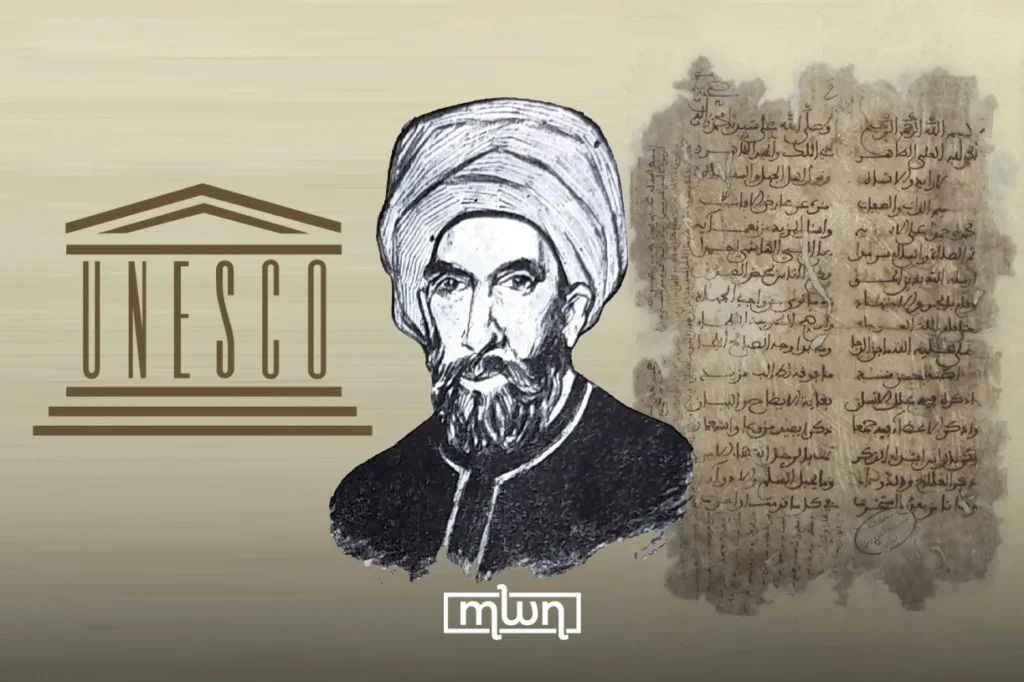Doha – UNESCO added “Al Orjoza Fi Teb”, the most famous work of the Andalusian philosopher ibn Toufail, to his memory of the world of world. The medical treatise in the 12th century presented by Morocco is closing together this year with 73 other new documentary.
“Al Orjoza fi Teb is a medical treatise that is presented as a poem in Rajaz form, a genre that is deeply rooted in the tradition of learning science due to its simplicity and musical tone.” explained UNESCO in his announcement.
The comprehensive medical text comprises 148 pages with 7,700 verses that describe diseases, symptoms and treatments with remarkable precision. The enzyclopedia -like work is built in seven articles with several chapters that systematically classify human complaints.
The poem covers diseases that influence the head, face, neck, throat and breast system, digestive system, intestine, stomach, kidneys and urinary tract. It also deals with occasional and pathological fever and external infestation that are treated in toxicology.
“Documentary Heritage is an essential but fragile element of the world memory. UNESCO dedicates a conservation program, shared best practices and retains this register that follows the broadest pattern of history of mankind,” explained the general director of the UNESCO general director Audrey Azoulay.
It mapped examples such as the Chinguetti libraries in Mauritania and the archives of the Amadou Hamp Bâté in Côte d’Ivoire.
Ibn Toufail, whose full name Abu Bakr Muhammad Ibnu Abdul Malik al-Qaysi is, he died in 1185 learned Medicine in Granada and worked as a judge in Andalusia.
Read too: Morocco introduces the Caftan Heritage file at UNESCO and ends appropriation tests
He also served as a minister during the Almohad dynasty and received fame for his philosophical history “Hayy Ibn Yaqdhan”, which significantly influenced the subsequent Arab and Europeans literature.
His medical poem aimed to facilitate memorization and the transmission of medical knowledge and to combine the scientific precision with poetic elegance. The text begins with diseases of the head and ends with those of the feet that cover the treatments and means everywhere.
A rare manuscript of the work is preserved in the Al-Quaraouiiyine library from FeZ.
The UNESCO also inscribed Algeria’s “Al-Qanun Fit-Tibb” from IBN Sina (Avicenna). A rare copy of the fourth book of this “Canon of Medicine” is located in the Algeria National Library. The work had a lasting influence on medical training in East and West by the 17th century.
With these latest additions, the memory of UNESCO now protects 570 documentary collections worldwide.
The one founded in 1992, the one program The aim is to preserve the documentary legacy of mankind and to ensure universal access to these often vulnerable materials that are exposed to the risks of dismantling and disaster.
This year’s inscriptions come from 72 countries and four international organizations that cover topics such as scientific revolution, women’s contributions to the history and milestones in multilateralism.





